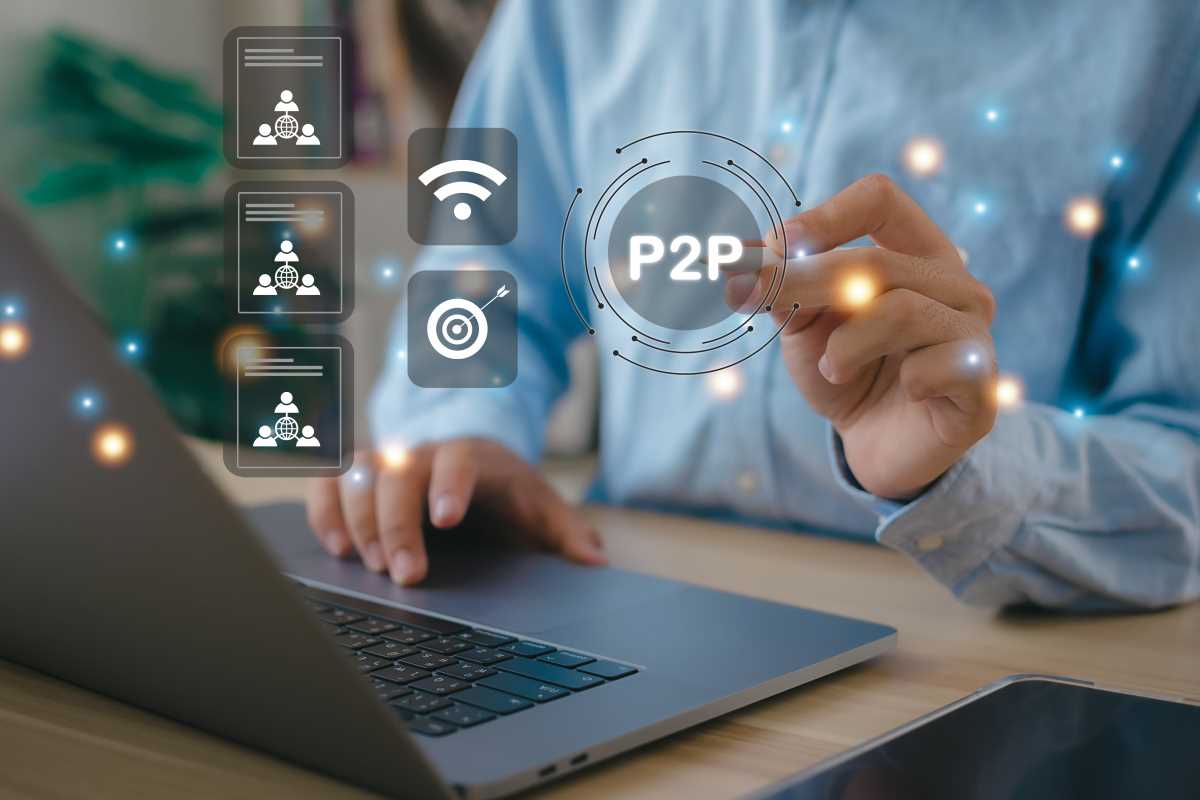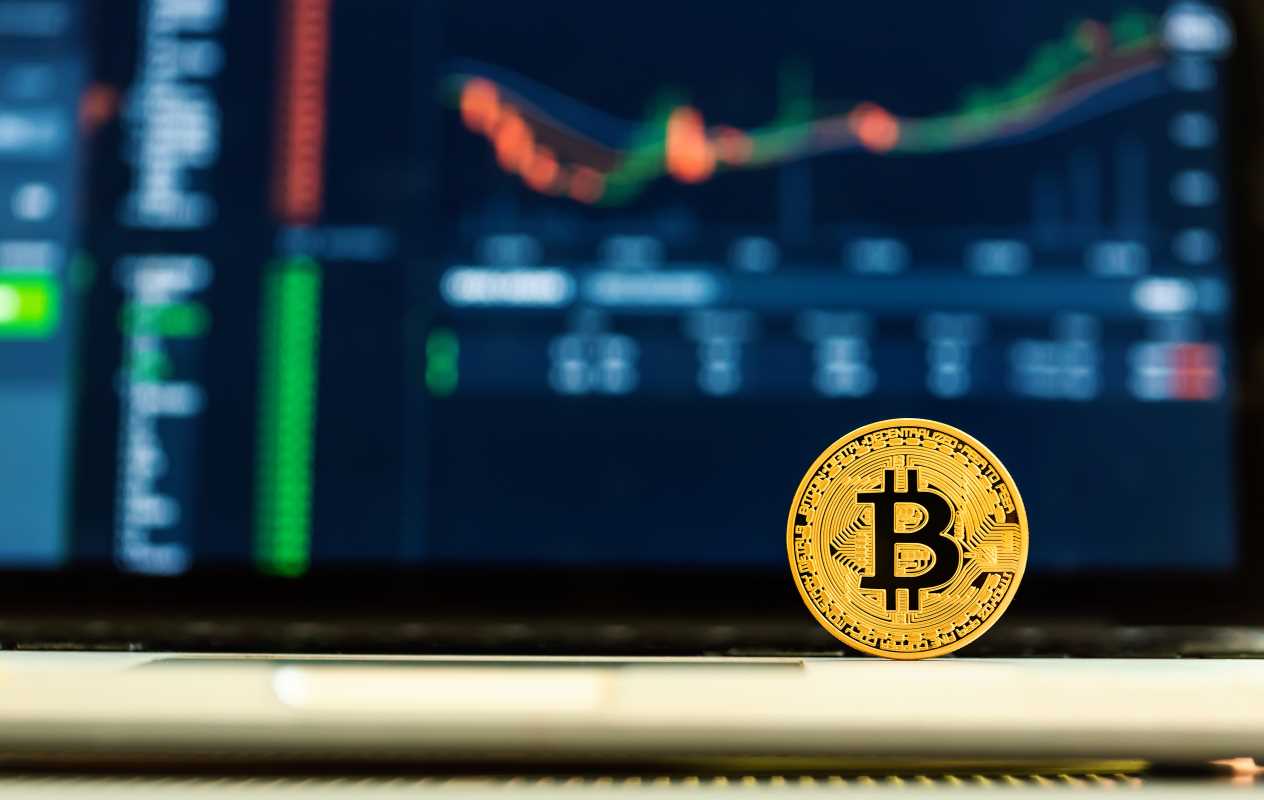Peer-to-peer lending has become a transformative force within the financial sector, offering an alternative to traditional banking by directly connecting borrowers with individual lenders. This model democratizes access to credit, allowing borrowers who might not qualify for conventional loans to secure funding, while providing lenders with chances to earn attractive returns on their investments. The significance of peer-to-peer lending lies in its ability to disrupt established financial systems, promoting greater financial inclusion and innovation.
Understanding Peer-to-Peer Lending Platforms
- Direct connection between borrowers and individual lenders without intermediary financial institutions.
- Uses online platforms to facilitate loan applications, approvals, and repayments.
- Applies various credit assessment methods, including traditional credit scores and alternative data sources.
- Offers a range of loan types, including personal loans, business loans, and real estate financing.
- Gives investors diversified portfolios by allowing them to fund multiple loans with varying risk profiles.
Process and Operation
- Registration: Both borrowers and lenders create accounts on a peer-to-peer lending platform, providing necessary personal and financial information.
- Loan Application: Borrowers submit loan requests detailing the amount, purpose, and terms, which the platform reviews for eligibility.
- Credit Assessment: The platform evaluates the borrower's creditworthiness using credit scores and other financial indicators to determine risk levels.
- Listing and Funding: Approved loans appear on the platform’s marketplace, where lenders can choose to fund all or part of a loan based on their risk preference.
- Disbursement: Once fully funded, the loan amount goes to the borrower’s account, and the repayment schedule begins.
- Repayment: Borrowers make regular monthly payments, which include principal and interest, to the platform, which then distributes the funds to the respective lenders.
- Default Handling: In cases of missed payments, the platform may engage in recovery processes, and affected lenders may absorb a portion of the losses depending on the platform’s policies.
Benefits and Risks
From the lender’s perspective, peer-to-peer lending offers the potential for higher returns compared to traditional savings accounts or investment options. Diversification also serves as a significant advantage, as lenders can spread their investments across multiple loans to reduce risk. The transparency of online platforms allows lenders to choose specific loan types and risk levels that align with their investment approaches.
Lenders face inherent risks, including the possibility of borrower default, which can lead to loss of principal. The absence of traditional banking safeguards means that recovering funds in default scenarios might be challenging. The liquidity of investments can be limited, as selling a loan before its term concludes may not always be feasible or may result in reduced returns.
For borrowers, peer-to-peer lending provides access to funds that might not be available through conventional banks, often with more flexible terms and faster approval processes. This can be particularly beneficial for individuals with less-than-perfect credit or those seeking funds for unique purposes such as entrepreneurial ventures or educational expenses.
Borrowers might encounter higher interest rates compared to secured loans from traditional institutions, particularly if they carry higher credit risk. The responsibility of managing debt without the structured support of a bank can be daunting for some borrowers, potentially leading to financial strain if repayments become unmanageable.
Regulatory Environment
The landscape of peer-to-peer lending forms under a complex regulatory framework designed to protect both borrowers and lenders. Regulatory bodies impose guidelines on licensing, capital requirements, and operational transparency to ensure that platforms operate ethically and sustainably. Compliance with data protection laws also proves critical, as platforms handle sensitive financial information of their users.
In many jurisdictions, peer-to-peer lending platforms fall under consumer protection laws that mandate clear disclosure of terms and conditions, interest rates, and potential risks involved in lending activities. Regulatory oversight also extends to anti-money laundering (AML) and combating the financing of terrorism (CFT) measures, requiring platforms to implement robust verification and monitoring processes to prevent illicit activities.
Comparison with Traditional Lending
Peer-to-peer lending distinguishes itself from traditional lending through its direct borrower-lender connections, bypassing traditional financial intermediaries such as banks. This model often results in lower overhead costs, enabling more competitive interest rates for borrowers and higher returns for lenders. Unlike conventional banks, which rely heavily on internal credit assessments, peer-to-peer platforms may incorporate innovative methods like alternative data and machine learning algorithms to enhance credit scoring processes, potentially widening access to credit for underserved populations.
The operational flexibility of peer-to-peer platforms allows for a diverse range of loan products tailored to specific needs, whereas traditional lenders typically offer a more standardized set of loan options. This customization capability can attract borrowers seeking specialized financing solutions that are not readily available through conventional banking channels.
Future Trends and Impact
The peer-to-peer lending sector is set for continued growth and innovation, driven by advancements in technology and shifting consumer preferences. The integration of blockchain technology, for example, promises to enhance transparency and security in transactions, while artificial intelligence and machine learning are expected to refine credit assessment and risk management practices. These technological strides could result in more efficient loan matching and improved default prediction, thereby increasing trust and participation in peer-to-peer lending ecosystems.
The expansion of regulatory frameworks to accommodate the evolving nature of peer-to-peer lending will play a crucial role in shaping its future. As peer-to-peer platforms mature, they are likely to influence the broader financial landscape by encouraging greater competition, inspiring financial innovation, and contributing to economic development through increased access to capital for individuals and small businesses alike.
In summary, peer-to-peer lending platforms offer a compelling alternative to traditional financial services, characterized by direct interactions between borrowers and lenders, innovative credit assessment methods, and the potential for enhanced financial inclusion. While the model presents notable benefits, it also entails specific risks and operates within a dynamic regulatory environment. As technology continues to advance and regulatory frameworks evolve, peer-to-peer lending is expected to play an increasingly significant role in the financial ecosystem.







